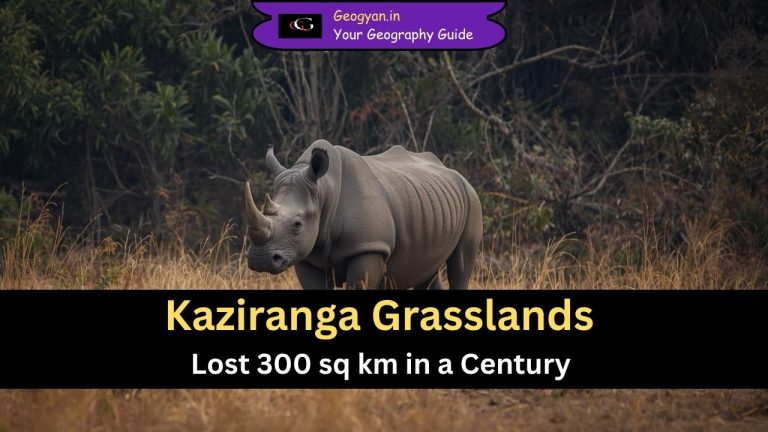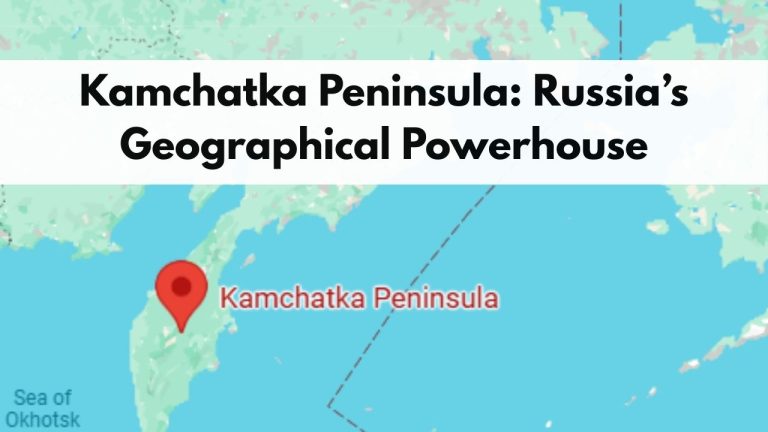Estimated reading time: 2 minutes
Table of contents
Why is it in the News
The Vaigai River has made headlines as authorities recently issued flood warnings due to heavy inflows from the Western Ghats, and the Madras High Court has intervened over alarming pollution levels. Serving as southern Tamil Nadu’s lifeline, this river connects ancient culture, dynamic geography, and present-day challenges.
About Vaigai River
- The Vaigai River originates from the Varusanadu Hills (Western Ghats).
- It flows northeast through valleys and plains, finally emptying into the Palk Bay/Gulf of Mannar near Ramanathapuram.
- It travels about 258 km and sustains several districts in Tamil Nadu, including Theni, Dindigul, Madurai, Sivagangai, and Ramanathapuram.
Geographical Aspects
- The Vaigai’s basin covers about 7,700 sq.km, bordered by the Western Ghats to the west and Bay of Bengal to the east.
- It features three zones—hilly western terrain, a central plateau, and a flat eastern delta.
- Main tributaries include Suruliyaru, Mullaiyaru, and Manjalaru, ensuring monsoon-fed seasonal flows.
- The historic city of Madurai, often called “the city that garlands the Vaigai,” stands famed for its connection to the river.
FAQs
Q1: Where does the Vaigai River originate and where does it end?
A1: The river originates in the Varusanadu Hills of the Western Ghats and flows into the Palk Bay near Ramanathapuram.
Q2: Which districts does the Vaigai River benefit?
A2: Theni, Dindigul, Madurai, Sivagangai, and Ramanathapuram all rely on Vaigai for agriculture, drinking water, and industry.
Q3: What are the current environmental challenges faced by the Vaigai River?
A3: Recent challenges include flood threats due to heavy rainfall and dam inflows, severe pollution from illegal waste discharges, and resulting judicial intervention by the Madras High Court.
Q4: How does the geography of Vaigai impact its flow and importance?
A4: The river’s transition from Western Ghats hills to eastern plains sustains agriculture, supports cities like Madurai, and creates unique ecological zones.





























